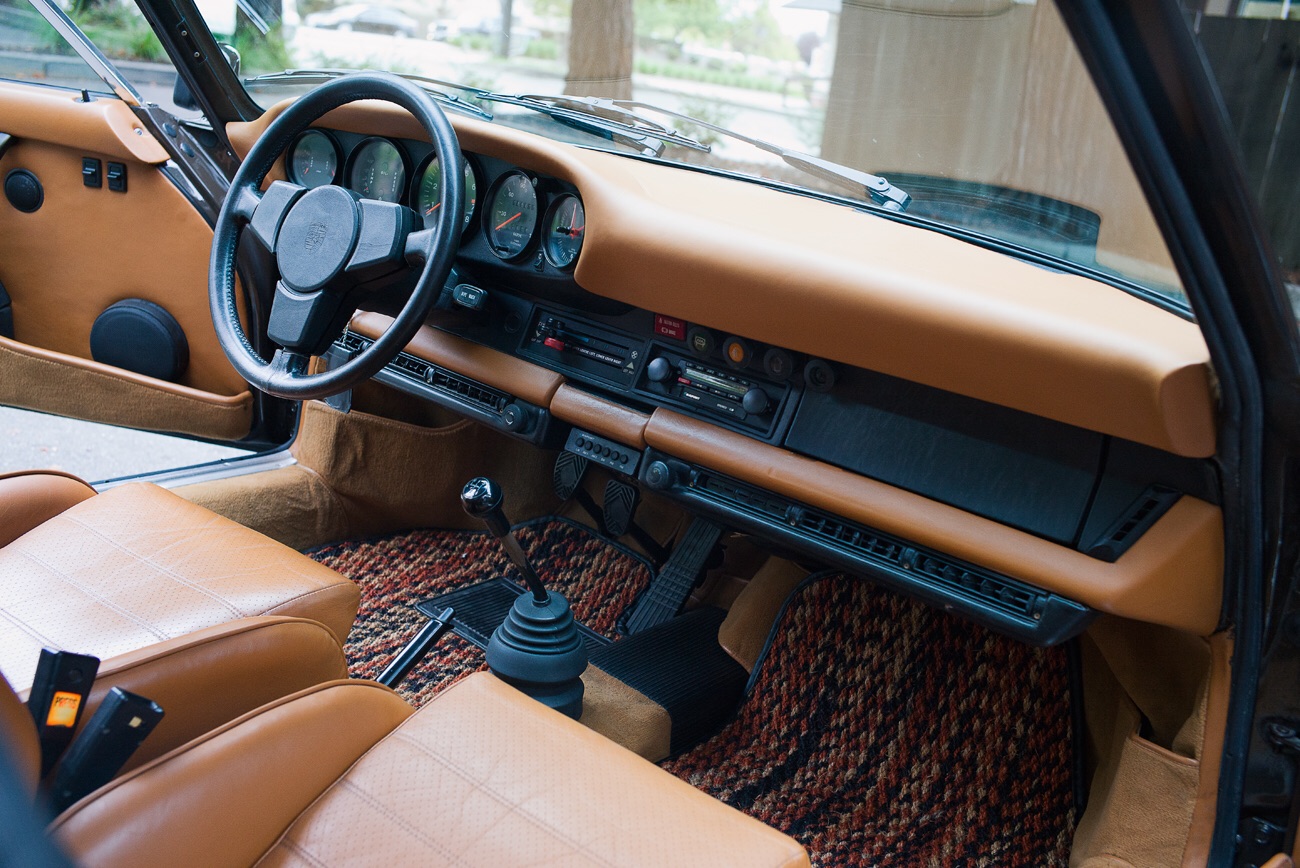 Loading... Please wait...
Loading... Please wait...
A Whale Tail or a Whale of a Tale?
Posted on 18th Jun 2018

Sometimes we car guys embellish stories in a manner that would make fishermen blush. I’ve heard more than one whale of a tale in my time, often having to do with how fast someone went, how far they drifted, how they outran the cops, or quite frequently, the amount of horsepower produced under the hood. But the story of the Porsche 911 Turbo Whale Tail is no whale tale. At the time of its introduction in 1975, it was the fastest production car coming out of Germany.
In the US, we know the vehicle as its base model, the 911, and it’s engine aspiration, the Turbo. In Germany and most of Europe, the car is often referred to as the 930, which was Porsche’s internal nomenclature. The “30” in 930 refers to the original run of 3.0L turbo engines that were produced from 1975 to 1977. From 1978 on, the 911 featured a larger 3.3L.
Perhaps the most famous feature of the 911 Turbo was the massive rear spoiler from which the car gets its nickname. The Whale Tail, like most spoilers, was meant to increase downforce, but its size, structure, and positioning were engineered mainly to increase airflow to cool the turbocharger. In 1978, the size of the engine was increased to 3.3L and an air-to-air intercooler was added to mitigate the additional heat and pressure. This necessitated a slight redesign of the whale tail into a style that has come to be known as the ‘tea tail.’
In addition to the spoiler, the 911 Turbo was famous for its enlarged rear-end. Flairs were added to the rear quarter panels and wheel wells to accommodate wider rear tires and improved rear suspension. This not only improved stability and handling, but also helped put more power to the pavement. To help slow this beast down from high speeds, the brakes from the 917 race car were made standard on all production models. This helped maintain control over the incredibly powerful vehicle - after all, in 1975 and 1978,Car and Driver recorded 4.9 second 0-60 times, ranking the 911 turbo as the quickest model of the 1970s.
Unfortunately for the US and Japan, increasingly strict emissions standards halted imports of the 911 Turbo in 1980 in both countries. However, the 930 enjoyed continued success in Europe until its retirement in 1989.
One of the most interesting variants of the 930 is the slantnose or flatnose. Aftermarket tuners RUF and Kremer had engineered flattened, race inspired hoods and front fenders with pop-up headlights. After seeing the popularity of these modifications, and not to be outdone, Porsche introduced its own made-to-order slantnose design in 1981. Because of their special-order status, these models are still the rarest 911 Turbos and are highly sought-after.
Next week, we’ll discuss the racing pedigree and more performance numbers, including the 930’s FIA influence and track variants. In the mean time, please share any “whale tales” from your own car stories, along with any pictures, and we’ll feature you in a future blog!
-Trey Fennell


1976 Porsche 930 Turbo Coco #91 Jaspe (Calico)


